Seattle’s original “bad neighborhood” was Pioneer Square. Bursting with saloons, brothels, and gambling parlors during the early 1900s, it was nicknamed the Tenderloin based on the fact that beat cops assigned there could afford the best cuts of meat from all the pay-off money they were collecting. This notoriety lasted for several decades until sometime in the late 1960s when the neighborhood’s degeneracy started metastasizing northward along 1st Avenue which soon become known as “flesh avenue” due to its bawdy array of peep shows, adult bookstores, pawn shops, seedy taverns, tattoo parlors and strip clubs.
Along this corridor of carnality sat a seemingly innocuous doughnut shop. Located at First Avenue and Pike Street, The Donut House first opened in 1958 and initially operated as a wholesome, family-owned snack bar offering 52 different types of donuts. As the surrounding area began its later descent into urban squalor, however, the original owners decided to sell the business and it fell under new ownership.
By the late ‘70s, The Donut House had established itself as a central gathering place for the local populace; its bright, exterior sign serving as a beacon for street kids who sought out its warm interior and cheap coffee. It soon became a top hang-out spot for local teen runaways and those who preyed upon them. As a result, the once-pleasant doughnut shop was steadily transformed into a direct reflection of its seedy environment, becoming a regular stop for the police. In order to present some semblance of law and order, a hand-written sign was posted on the wall which instructed, “No Loitering…No Bare Feet, Bottoms, Tops…Obscene Language Will Not Be Tolerated…Absolutely No Booze, Drugs Or Gambling In The Donut House.” In the end, these rules would prove to be nothing more than subterfuge for its true purpose.
Throughout much of the ‘70s, the business was owned and operated by a middle-aged and seemingly-friendly man by the name of Guenter Mannhalt. On the surface it appeared that Mannhalt was a genial fellow who took pity on all the local street kids, allowing his donut shop to serve as a sort of temporary sanctuary from the outside world. He would often provide free food in exchange for an hour of scrubbing floors or washing dishes in the back. For many homeless youth at the time, The Donut House was a safe house with Mannhalt as its benevolent father figure.
By the late ‘70s, some rather unsettling stories began emerging about The Donut House. Rumor had it that many of the teens who congregated there were heavily involved in drugs and prostitution, and in 1979 someone was fatally stabbed in the front doorway. The popular downtown hangout soon became a regular feature in the local papers, with one Seattle Times article reporting, “The reputation is legend. Fights, stabbings, prostitution, drugs, haven for pimps, pushers, and the predilection for downtown’s most notorious characters.” The Donut House would even make an appearance in the gritty documentary, “Streetwise.”
With all this growing infamy, stories also began emerging about Mannhalt himself. There were widespread rumors that his doughnut shop was merely a front for an elaborate crime ring in which he was fencing stolen goods that had been taken from nearby businesses. Even more ominously, it was said that juvenile runaways were being recruited to carry out these robberies. Mannhalt soon became known as the “Doughnut Kingpin.”
Such suspicions were confirmed in 1980 when an extensive criminal investigation into these robberies led to the arrests of several teenagers who, in turn, squealed on Mannhalt. They claimed he was the criminal ringleader who had carefully orchestrated heists at such places as FX McRory's, Jake O'Shaughessy's, and The Old Spaghetti Factory. According to their claims, Mannhalt acted as the mastermind, supplying the teens with everything they would need to carry out these crimes, such as guns and getaway cars. Afterwards, they would split the proceeds with him.
The Donut House was subsequently raided in which police officers found a hoard of stolen plunder down in the basement. One report described what they found as "a treasure trove of assorted goods that tended to make Ali Baba's 40 thieves look like petty pilferers." The items included everything from silver coins, jewelry, loose gems, sterling silver tableware, furs and cameras. A Seattle police officer’s badge, which had been reported stolen earlier in the year, even turned up in the search.
The resulting story was extensively covered by the local media in which Mannhalt was often described as a modern-day "Fagin” - that adult villain from the Charles Dickens novel, "Oliver Twist," who had turned street urchins into a gang of thieves. As a Seattle Times story described it, “the shop was a rallying spot ... for dropouts, drug addicts, street people and other youths who under the direction of Mannhalt fanned out to perform holdups and share their rewards with him.” In one newspot, a 17-year-old hustler was interviewed in which he reported that he had stolen valuable jewelry from his affluent customers which he then sold to Mannhalt for a fraction of its appraised value. “If I didn’t sell it to him then who would I sell it to?,” he rhetorically asked.
(Mannhalt being escorted into court, 1981)
After the news broke, more stories started emerging about Mannhalt’s past. Turns out that he had once owned a grocery store named Bluma’s, located near Garfield High School. In the late 1960s, he was arrested for selling beer to minors in which police also found a stash of narcotics. This ignited racial tensions as many within the Central District community were enraged to learn that Mannhalt had been selling beer and dealing drugs to local Black teens. The Urban League, led by Black activist Edwin Pratt, asked the city to revoke Bluma's business license. The Seattle chapter of the Black Panthers occupied his store and Bluma’s was even firebombed.
In 1968, Mannhalt was arrested again for a separate charge of burglary. He pled guilty to grand larceny charges and was sentenced to prison. Five years later, after his release, is when he took over ownership of The Donut House.
Following his arrest in 1980, Mannhalt maintained that he had nothing to do with any of the downtown robberies and that all the loot found in his doughnut shop was merely collateral for loans that he had made. His story didn’t stick, though, and in 1981 he was convicted of over a dozen robbery-related charges and returned back to prison.
Afterwards, the owners of the building decided not to renew the lease for The Donut House, prompting its closure in 1981. Today, the former site of the infamous business houses the Seattle Shirt Company. As a rather grim footnote, one of the former regulars of The Donut House, Roberta Joseph Hayes (who appeared in the “Streetwise” documentary), would later be identified as one of the victims of Green River Killer, Gary Ridgway.
As for Mannhalt, he only served 7 years of a 10-year sentence and was freed in the fall of 1988. Little is known of his post-prison life. According to a Linkedin account attached to his name, he spent his last years working as a tax preparation consultant for a Seattle-based business. An online obituary shows that he died in 2019.
That would not be the end of his story, though. In June 2022, the Civil Rights Division of the Department of Justice posthumously identified Mannhalt as a top suspect in the 1969 assassination of Edwin Pratt - the late director of the Seattle Urban League who had been an active participant in shutting down Mannhalt’s grocery store back in the 1960s. Pratt’s legacy is commemorated today by Seattle's Pratt Park and the Pratt Fine Arts Center.




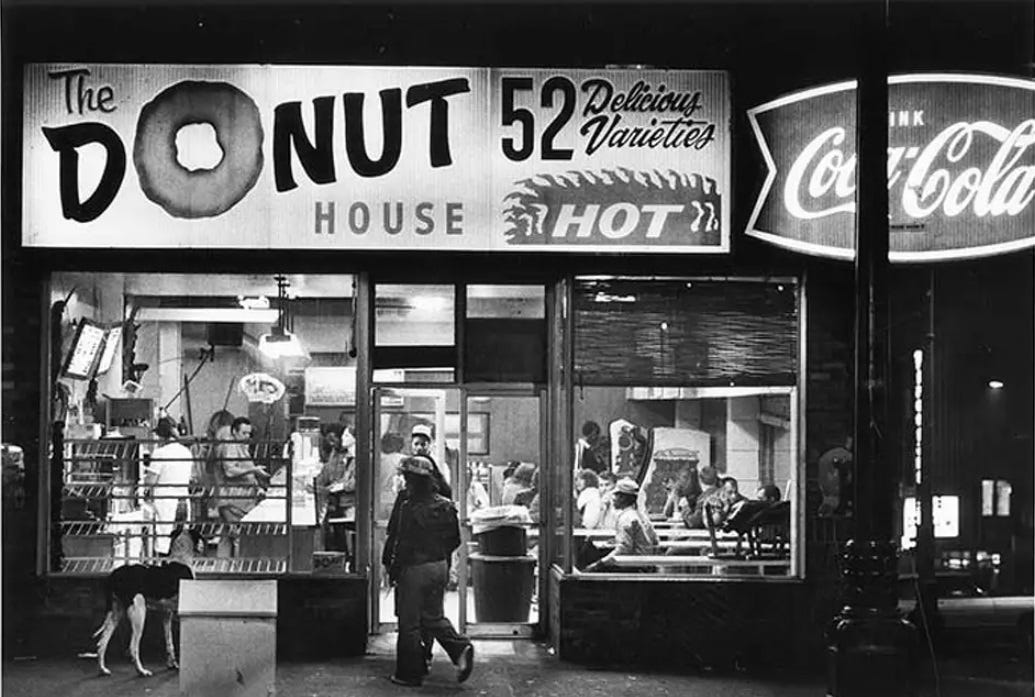
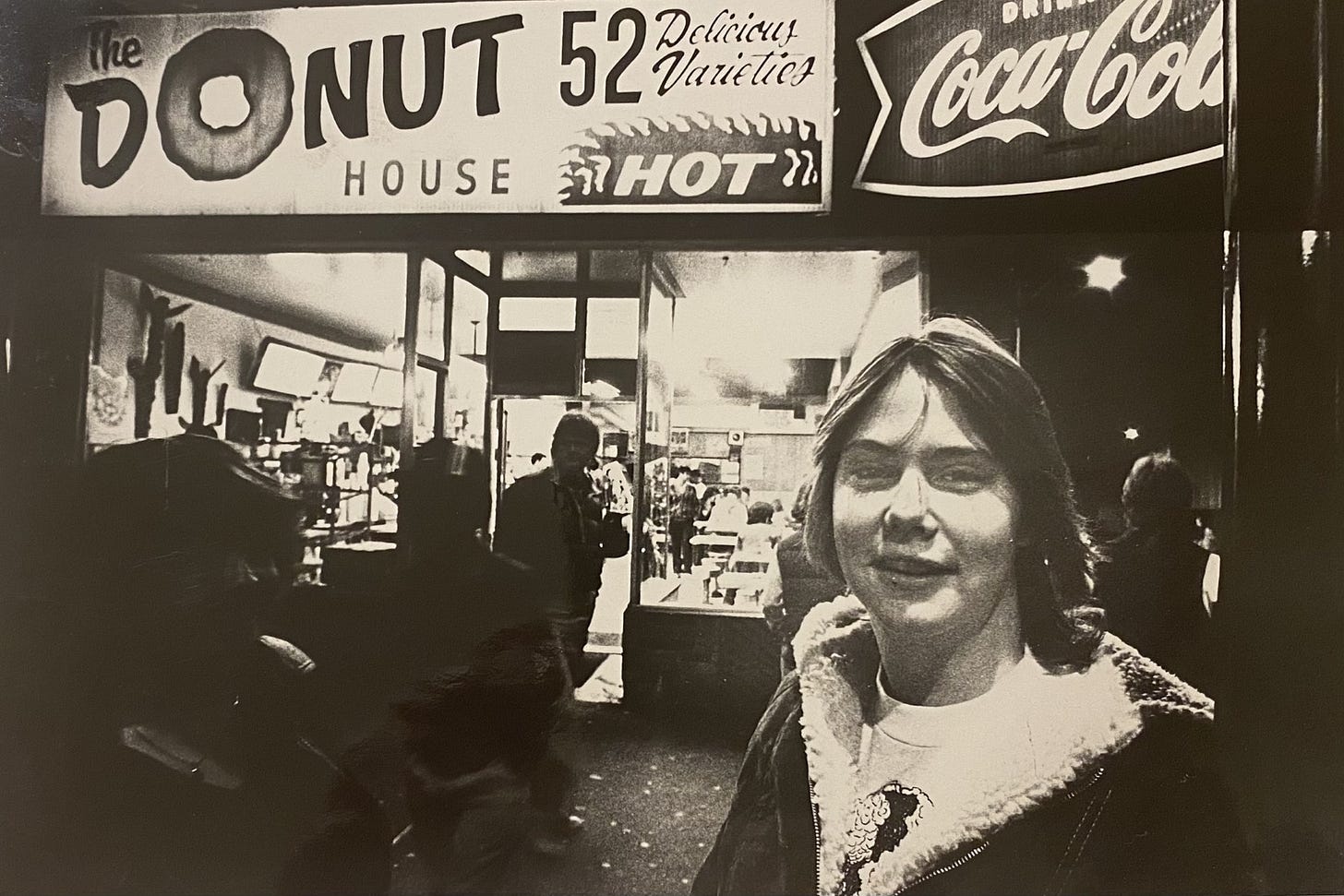
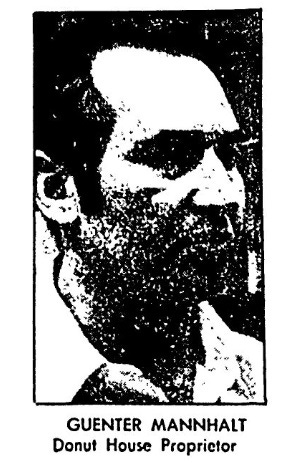
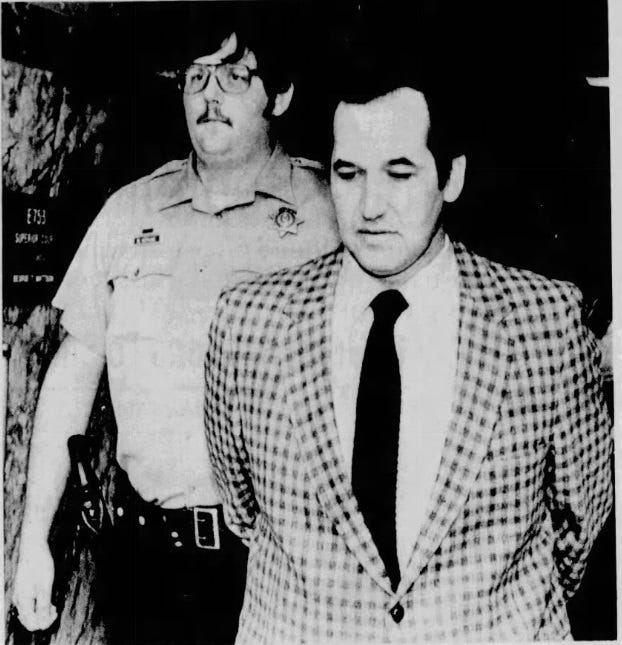
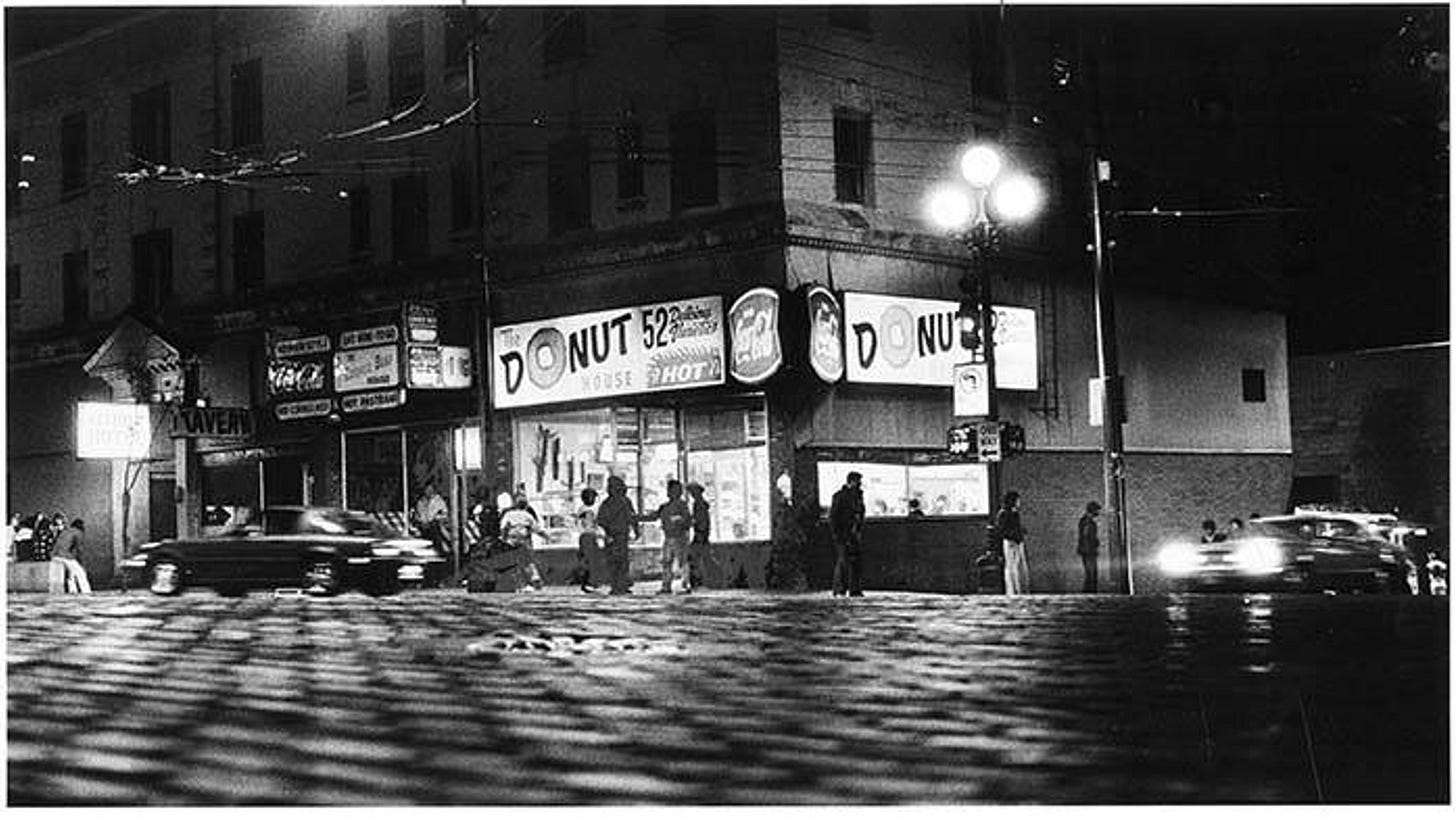
Fab story!
This was great. I have many memories of that place, even though I was only 13 when it closed. We all heard stories. But I did not know Gunther was a suspect in the Pratt murder! Mind. Blown.